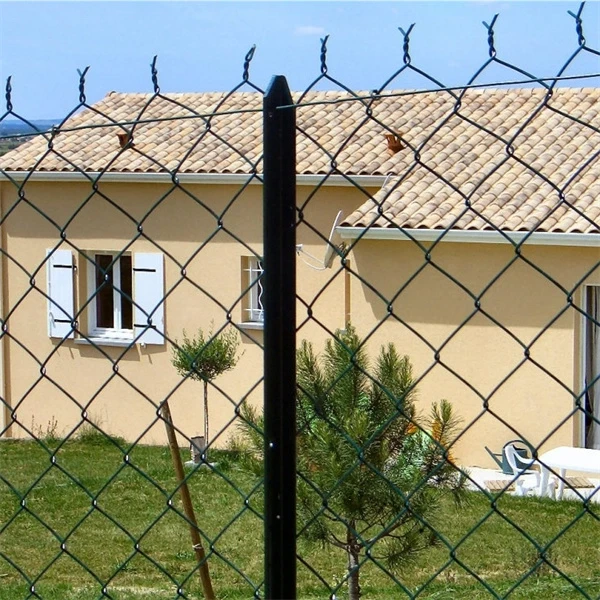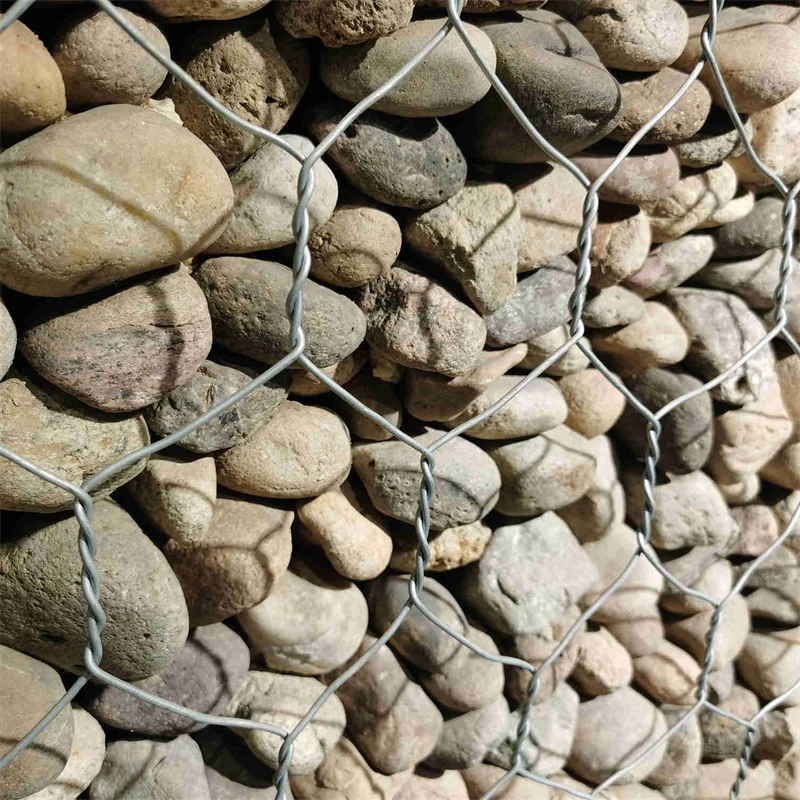Feb . 16, 2025 03:27 Back to list
Galfan Coating Hexagonal Wire Gabions for retaining wall
In recent years, steel gabion walls have emerged as a durable and versatile solution for a variety of landscaping and construction applications. Their robustness, adaptability, and eco-friendly nature make them appealing not only to engineers and architects but also to environmentally conscious homeowners. In this article, we delve into the intricacies of steel gabion walls, exploring their manufacture, benefits, and practical applications, drawing upon years of industry experience and expertise to underscore their reliability and efficacy.
From an engineering standpoint, the load-bearing and structural characteristics of steel gabion walls are impressive. Their flexibility makes them particularly well-suited for retaining walls in areas prone to seismic activity, offering a fail-safe measure that rigid concrete walls cannot. This flexibility, combined with their significant weight, enables them to withstand lateral earth pressures effectively, ensuring stability over time. Experienced engineers recognize the value of the modular construction process of gabion walls, which allows for on-site adjustments and reduces construction time compared to traditional methods. Trust in steel gabion walls is not merely built on their physical properties but also on the experience of seasoned professionals who continually push the boundaries of their applications. For instance, in flood-prone regions, gabion walls have been deployed as riverbank stabilizers, preventing soil erosion while allowing natural habitats to thrive. These real-world applications demonstrate that the efficacy of steel gabion walls is rooted in both theoretical knowledge and empirical evidence, fostering trust among engineers, builders, and clients alike. The detailed customization process of these walls involves selecting the appropriate gauge of steel wire mesh and choosing the right stone size and type to meet the functional and aesthetic requirements. Professionals in the field rely on precise calculations and engineering software to design gabion structures that maximize efficiency while ensuring they remain aesthetically pleasing. In conclusion, steel gabion walls exemplify the intersection of durability and design innovation, backed by years of expertise and a commitment to sustainable building practices. Their adaptability to various terrains and climates, combined with their ecological benefits, make them an ideal choice for environmentally and design-conscious architects and engineers. As demands for sustainable and resilient infrastructure solutions grow, the time-tested reliability of steel gabion walls ensures their place at the forefront of modern construction applications.


From an engineering standpoint, the load-bearing and structural characteristics of steel gabion walls are impressive. Their flexibility makes them particularly well-suited for retaining walls in areas prone to seismic activity, offering a fail-safe measure that rigid concrete walls cannot. This flexibility, combined with their significant weight, enables them to withstand lateral earth pressures effectively, ensuring stability over time. Experienced engineers recognize the value of the modular construction process of gabion walls, which allows for on-site adjustments and reduces construction time compared to traditional methods. Trust in steel gabion walls is not merely built on their physical properties but also on the experience of seasoned professionals who continually push the boundaries of their applications. For instance, in flood-prone regions, gabion walls have been deployed as riverbank stabilizers, preventing soil erosion while allowing natural habitats to thrive. These real-world applications demonstrate that the efficacy of steel gabion walls is rooted in both theoretical knowledge and empirical evidence, fostering trust among engineers, builders, and clients alike. The detailed customization process of these walls involves selecting the appropriate gauge of steel wire mesh and choosing the right stone size and type to meet the functional and aesthetic requirements. Professionals in the field rely on precise calculations and engineering software to design gabion structures that maximize efficiency while ensuring they remain aesthetically pleasing. In conclusion, steel gabion walls exemplify the intersection of durability and design innovation, backed by years of expertise and a commitment to sustainable building practices. Their adaptability to various terrains and climates, combined with their ecological benefits, make them an ideal choice for environmentally and design-conscious architects and engineers. As demands for sustainable and resilient infrastructure solutions grow, the time-tested reliability of steel gabion walls ensures their place at the forefront of modern construction applications.
Next:
Latest news
-
Why PVC Coated Gabion Mattress Is the Best Solution for Long-Term Erosion Control
NewsMay.23,2025
-
Gabion Wire Mesh: The Reinforced Solution for Modern Construction and Landscape Design
NewsMay.23,2025
-
Gabion Wall: The Flexible, Seismic-Resistant Solution for Modern Landscaping and Construction
NewsMay.23,2025
-
Gabion Wall Solutions: The Durable, Decorative, and Affordable Choice for Every Landscape
NewsMay.23,2025
-
Gabion Basket: The Durable and Flexible Alternative to Traditional Retaining Walls
NewsMay.23,2025
-
Gabion Basket: The Proven Solution for Slope Stability and Flood Control
NewsMay.23,2025
-
Versatility of Chain Link Fence Gabion
NewsMay.13,2025
Manufacturer of Silk Screen Products
QuanhuaProvide high-quality products and services to global customers.






